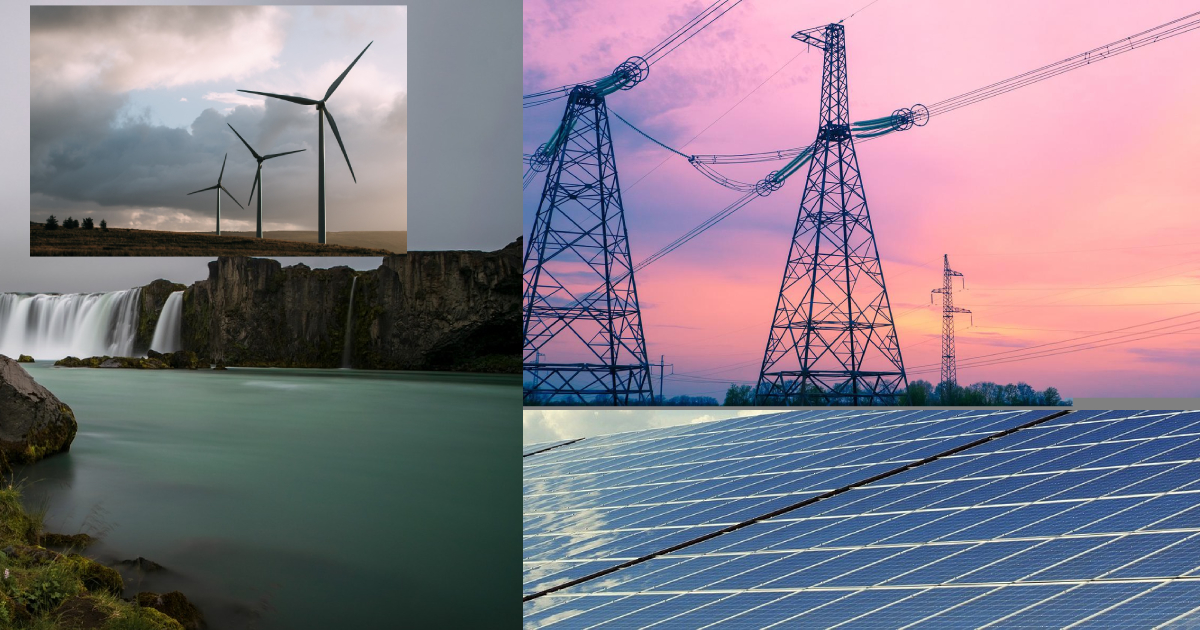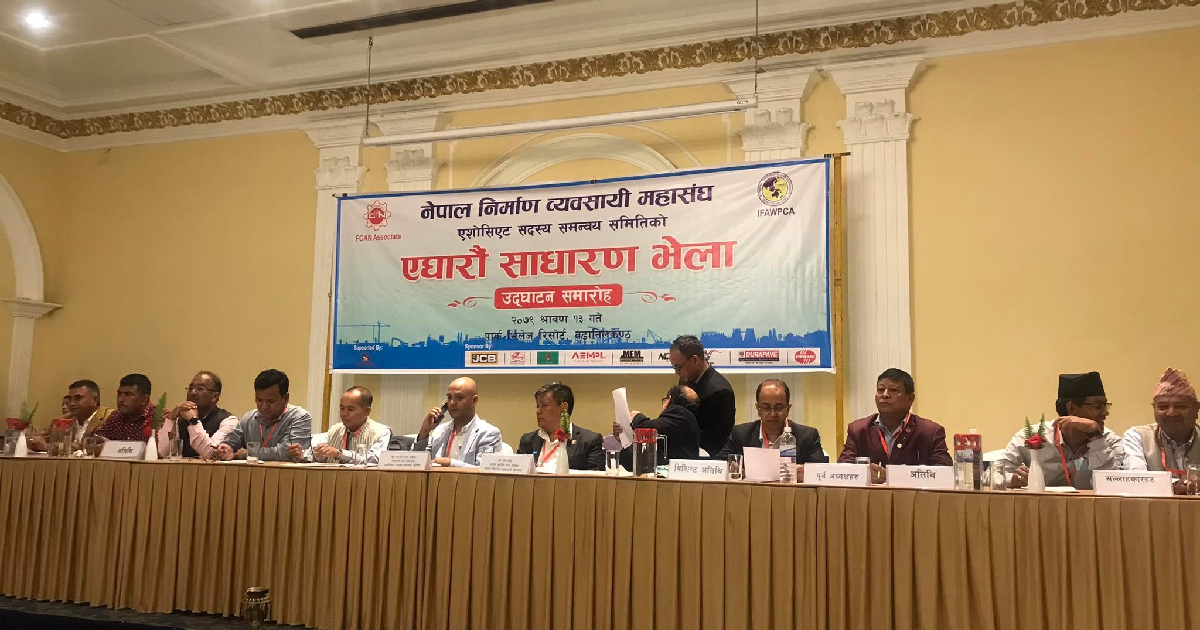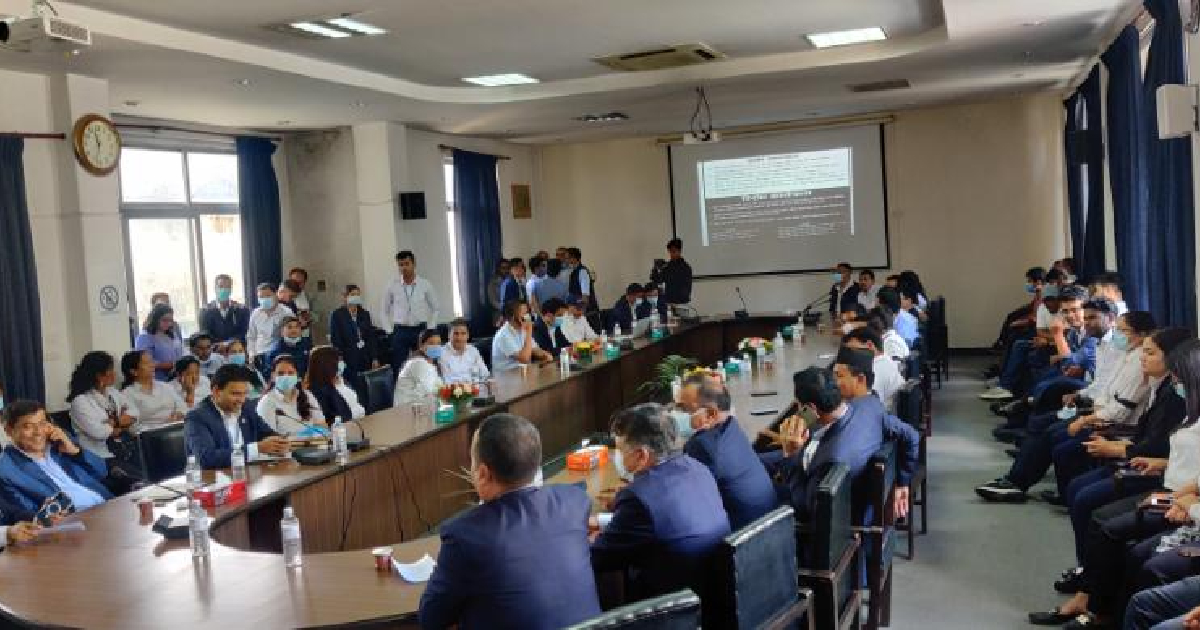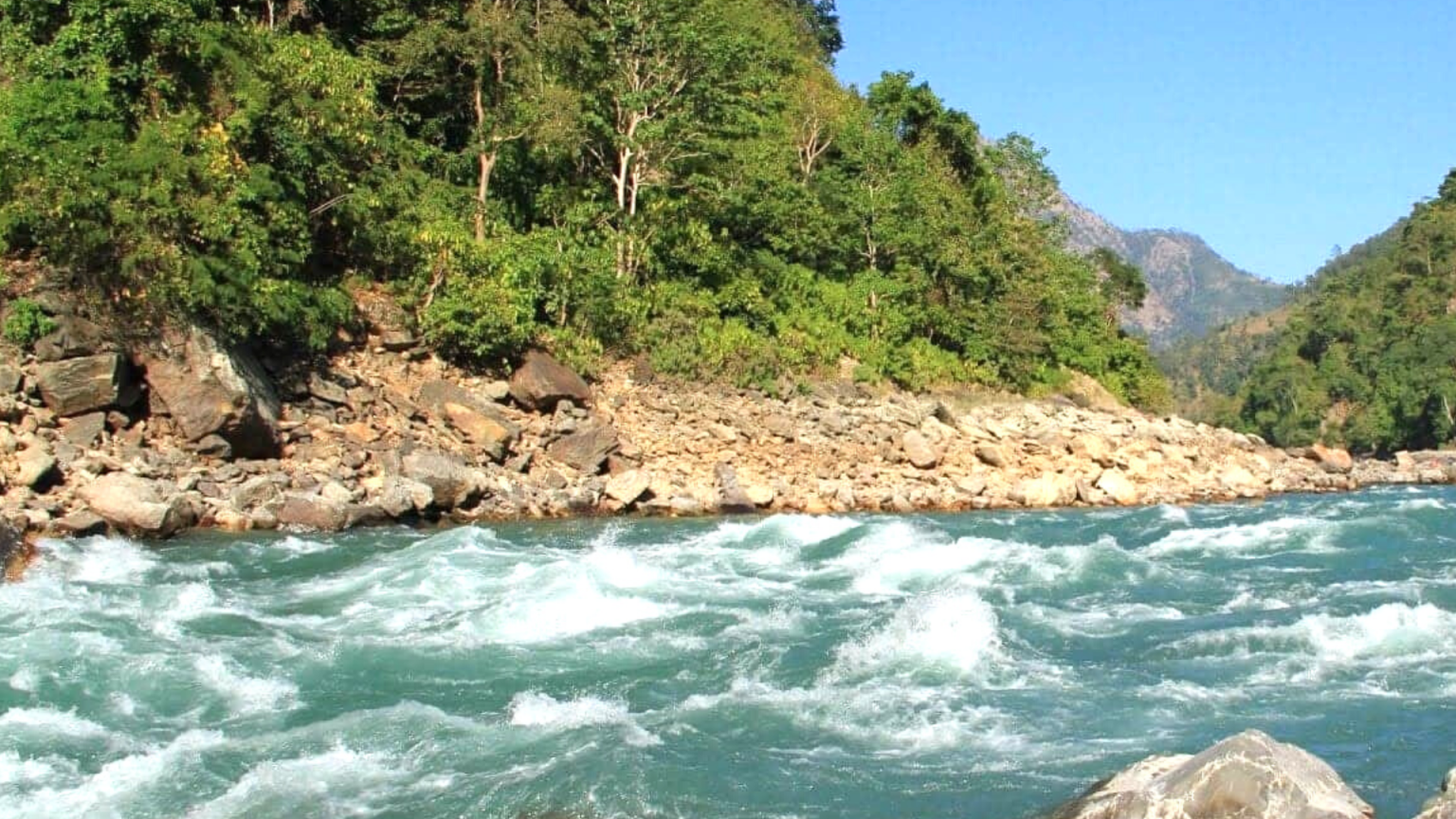

KATHMANDU: India has planned to increase the share of renewable energy in the power transmission system by 20 percentage points and energy storage capacity by 3 percentage points in the next seven years. Issuing an order to launch a new Renewable Purchase Obligation (RPO) and Energy Storage System (ESS) by 2029/30, India’s Ministry of Energy has set these targets.
India, which issued the RPO for the first time in July 2016, has ever since repeatedly expanded its scope with action plans. Six years after the first RPO was issued, a new RPO was introduced on July 22 to increase renewable energy production and storage capacity. The new order has targeted to increase the RPO from 24.61 percent to 43.33 percent and the storage capacity of solar and wind energy from one percent to four percent. India aims to produce renewable energy through various sources including hydropower, wind, solar, biogas, and geothermal. According to India’s Ministry of Energy, the RPO which currently stands at 0.81 percent, will be increased to 6.94 percent.
It has been targeted to increase Hydropower Purchase Obligation (HPO) to 2.82 percent from 0.35 while RPO will be increased to 33.57 percent from 23.44 percent as envisaged in the order. Nepal’s government has been putting forth a demand that India includes the provision to purchase power from Nepal as the order covers only part of the hydroelectric power generated within India to meet the HPO target. If India includes Nepal in the HPO, it will open the way for promoting Nepal’s electricity to its southern neighbor.
Similarly, while the ESS of solar and wind currently stands at 1 percent, the Ministry has set a target to bring it to 4 percent within the next 7 years. In the year 2021/2022, India has an energy capacity of 1491.859 billion units (about 402800 MW with 0.88 percent potential to be harnessed from hydropower. According to the data compiled by the ministry, the share of solar and wind energy stands at 16.07 percent, hydropower including imported from Bhutan at 11.79percent while coal energy is the highest at 51percent. India has also set a target to increase the production of renewable energy to 500 GW from the existing 157 GW with the target of raising the share of renewable energy in total energy composition to 50 percent by 2030.
India, which has promised to meet the zero-carbon emission target by 2070, arranges 60 percent of energy from coal, gas, and other fuels combined known as dirty waste. Nepal is on track to meet the zero-carbon emission by 2045. India has accorded high priority to renewable energy generation and fixed the necessary targets as well as work plans accordingly.










